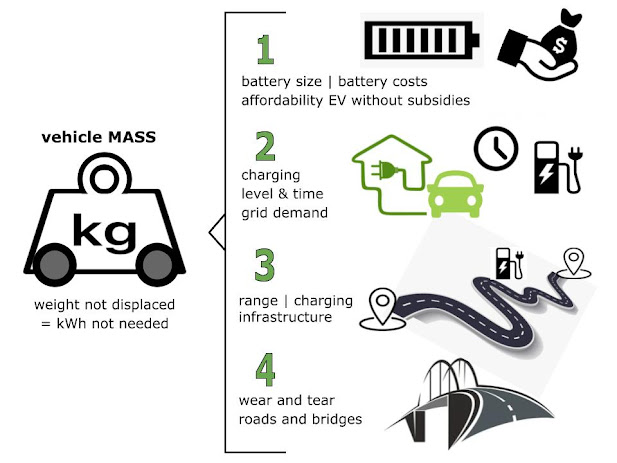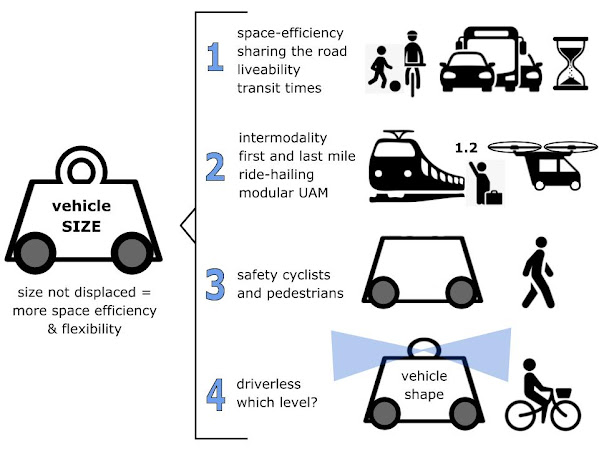
The lost history of the electric car – and what it tells us about the future of transport
The long read: To every age dogged with pollution, accidents and congestion, the transport solution for the next generation seems obvious – but the same problems keep coming back
In 1897, the bestselling car in the US was an electric vehicle: the Pope Manufacturing Company’s Columbia Motor Carriage. Electric models were outselling steam- and petrol-powered ones. By 1900, sales of steam vehicles had taken a narrow lead: that year, 1,681 steam vehicles, 1,575 electric vehicles and 936 petrol-powered vehicles were sold. Only with the launch of the Olds Motor Works’ Curved Dash Oldsmobile in 1903 did petrol-powered vehicles take the lead for the first time.
Approaches to transport that provide the convenience of a private car without the need to own one, for a growing fraction of journeys. Horace Dediu, a technology analyst, calls this “unbundling the car”, as cheaper, quicker, cleaner and more convenient alternatives slowly chip away at the rationale for mass car ownership. Its ability to connect up these different forms of transport, to form an “internet of motion”, means that the smartphone, rather than any particular means of transport, is the true heir to the car. The internet of motion provides a way to escape from the car-based transport monoculture that exists in many cities. That should be welcomed, because the experience of the 20th century suggests that it would be a mistake to replace one transport monoculture with another, as happened with the switch from horses to cars. A transport monoculture is less flexible, and its unintended consequences become more easily locked in and more difficult to address.





